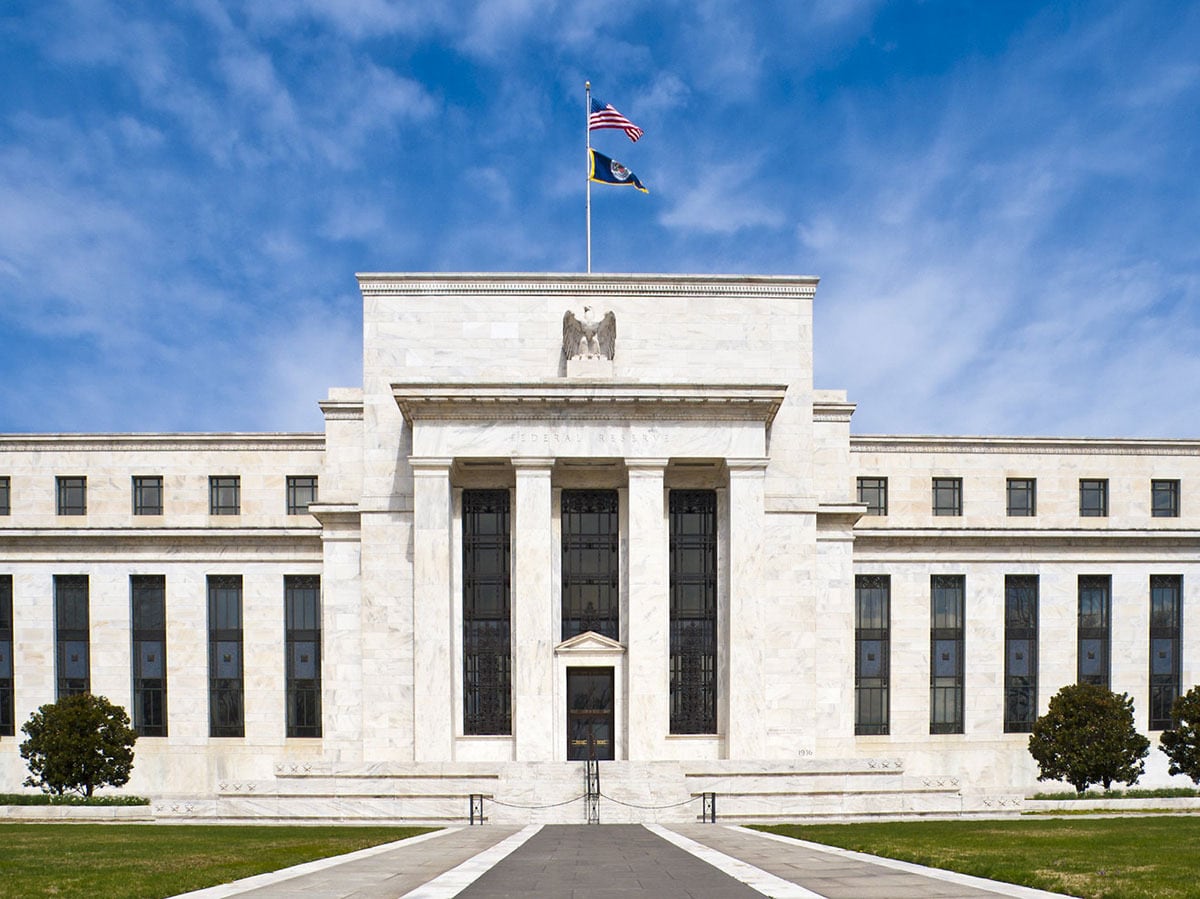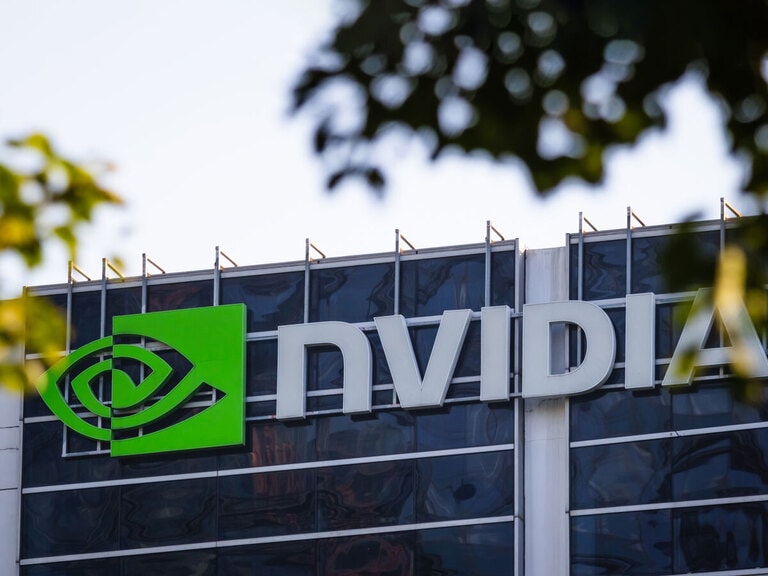The US economy added just 210,000 jobs in November, down from 546,000 jobs added in October. This weaker than expected increase in roles was compounded by the unemployment rate also dropping 0.4% to a 21-month low of 4.2%.
All indicators are that the US labour market is tightening, and this is putting pressure on the US Federal Reserve to speed up its reduction in regular asset purchases. This would help to ward off surging inflation.
“Except for the headline number, the report seemed quite strong across the board. The household survey was up 1.1 million. That suggests there are probably revisions coming to the non-farm payrolls side,” said president of the Federal Reserve Bank of St. Louis James Bullard, adding that it would be ideal to end the taper process in March as reported by Bloomberg.
In an interview with Fox Business Network at the beginning of November, Bullard indicated that the jobless rate was expected to fall below 4% in the first quarter of 2022. There will be two rate hikes next year, Bullard added.
“We are going to see downward pressure on the unemployment rate and we are going to continue to see a very hot jobs market with compensation rising,” said Bullard. “We’ve got quite a bit of inflation here … We definitely want to see that come down closer to our inflation target.”
Thomas Costerg, senior US economist at Pictet Wealth Management, believes it’s inevitable that the Fed will look to speed up its tapering programme. He told Bloomberg: “The probability of an accelerated taper is going up … The Fed can’t ignore the unemployment rate falling to a mere 4.2%.”
“he Fed can’t ignore the unemployment rate falling to a mere 4.2%” - Pictet Wealth Management US economist Thomas Costerg
Faster tapering and the Wall Street?
With the unemployment rate being pushed down faster than expected, the rate could fall below 4% in the next couple of months. But what would the speeding up of tapering mean for Wall Street’s main indices?
All of the major indices experienced choppy trading in the week commencing 29 November. Not only did investors have to digest the latest jobs report, they also had to factor in the volatility being caused by fears that the Omicron variant could evade vaccines and be more likely to cause serious illness.
Amid a broad sell-off, the S&P 500 closed the week down 1.22%, while the Nasdaq Composite Index fell 2.9%. The Dow Jones Average dropped 0.91% and the Russell 2000 index 3.86%.
The indices could continue to trend downwards until scientists release data to answer questions about the efficacy of vaccines against Omicron. Until then, the uncertainty could cause more sell-offs.
“Right now, there were some expectations that we'd hear a more dovish Federal Reserve, but we're not...We're hearing a more hawkish Fed, but not that hawkish to the extent that people are betting that they'll raise rates sooner next year.” - National Securities' chief market strategist Art Hogan, per Reuters
As for tapering, the next Federal Open Market Committee meeting is on 14 and 15 December. Based on Bullard’s recent comments, it’s expected that the Fed will vote to speed up tapering.
"Right now, there were some expectations that we'd hear a more dovish Federal Reserve, but we're not," Art Hogan, chief market strategist at New York firm National Securities, told Reuters. "We're hearing a more hawkish Fed, but not that hawkish to the extent that people are betting that they'll raise rates sooner next year."
The major indices have also faced pressures from supply chain constraints, including the global chip crunch in recent months. Product and component shortages have pushed up consumer prices.
High demand and the supply chain issues can be seen as a clear sign that the Fed’s bond-buying programme has been working. Faster tapering can help to reduce demand and ease the bottlenecks. But Omicron may prove to be a new test for global supply chains.
“The Omicron variant [poses] downside risks to employment and economic activity, and increased uncertainty for inflation,” Federal Reserve chairman Jerome Powell has commented, as reported by CNBC.
Concerns about the spread of Omicron could see people less willing to work, and this could end up slowing the progress the US job market has been making, Powell added.
“The Omicron variant [poses] downside risks to employment and economic activity, and increased uncertainty for inflation” - Federal Reserve Jerome Powell, per CNBC
This is a worst-case scenario, of course. And early hospital data from South Africa shows that fewer than a third of patients admitted for COVID-19 during the latest wave linked to Omicron are experiencing severe illness, compared with two thirds in the early stages of the last two waves.
But the uncertainties at play mean the major US indices will likely see volatility in the months ahead. And the emergence of the new variant could potentially leave the Fed in a pickle when it comes to speeding up its tapering.
Continue reading for FREE
- Includes free newsletter updates, unsubscribe anytime. Privacy policy





